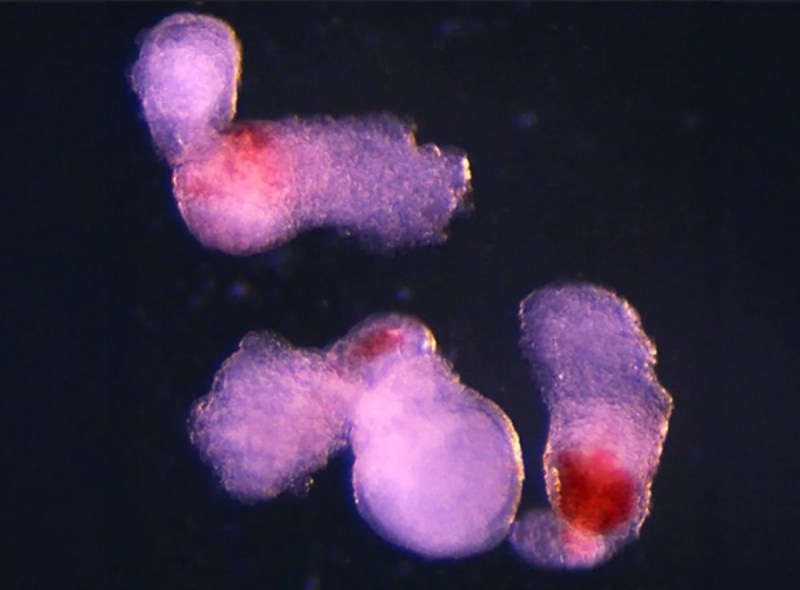
Lab grown embryos produce blood cells (Photo - Cambridge University)
Scientists have created a structure resembling an embryo in the laboratory that has begun to produce its own blood cells. Dr. Jitesh Neupane, who led the team of scientists at the Gurdon Institute at Cambridge University, said it was a very exciting moment when the red colour of blood appeared in the dish. Scientists used human stem cells to create this structure. These are cells that can transform into any cell in the body. Without using egg or sperm cells, they created a structure that resembles an embryo from the third and fourth week of development.
Neupane explained that this was not a real embryo. It did not include the parts that would form the brain or placenta, so it could not develop into a baby.
Scientists observed that by the second day, the embryo-like structure had divided itself into three layers, known as the ectoderm, mesoderm, and endoderm. These layers are the foundation for all organs in the body. By the 8th day, beating heart cells had formed within them, and on the 13th day, red blood cells became visible. Ultimately, the blood cells formed from this structure also proved that they could differentiate into red and white blood cells.
Dr. Neupane stated that this discovery will help in understanding how human heart and blood cells are formed in the early stages. He added that this research will aid in drug testing, understanding the development of blood and immune systems, and in the future, it will assist in treating diseases like leukaemia.
Published on:
16 Oct 2025 12:57 pm
Big News
View AllScience and Technology
Trending

